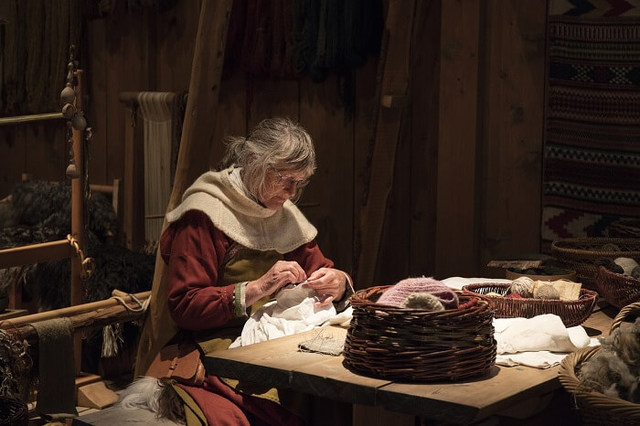5 Simple Tips to Improve Your Sewing Skill
Regardless of whether you are a beginner sewer or an experienced one, ultimately, you want your work to look neat and very professional. For beginners, this can be especially difficult because there’s the combined effort that is required to both learn how to sew and how to improve your sewing skills.
The fun part though is to manage to overcome these challenges and this article gives you 5 tips on how you can improve your sewing skills and take your finished designs to the next level.
1. Prewash the fabrics
It is quite common to complete a project, say you made a very lovely sweater, then after washing it, it can’t fit anymore. Fabrics usually shrink on the first wash and this causes the wearable to become smaller while also altering its entire look.
To avoid this, it is recommended to prewash fabrics before sewing so that they shrink to their “permanent” size. However, ensure you check the temperature settings that the fabric should be washed in so that you don’t ruin it in the process.
2. Press your fabric as you sew
There is a very big noticeable difference that can be spotted between sewn pressed and un-pressed fabric.
Pressing basically helps you create sharp and crisp seams that look very good aesthetically, which is the whole point behind sewing to look good.
For the best results, you need to use an iron and you have to make sure it is set at the correct temperature setting so as not to burn the fabric. You can use a spare fabric to test this before going into the actual project.
3. Cut the patterns carefully
Most sewing projects require you to cut patterns in fabrics using sewing pattern paper. If this is the case, ensure that you trace the design neatly and firmly without any wrinkles onto the fabric before feeding it into the sewing machine.
Pay close attention to the fabric grain lines before tracing and cutting, and measure the length of the pieces at least twice before cutting so as to confirm the size matches the measurements on the pattern paper.
4. Measure the seam allowances and work on them till the end
Apart from measuring and cutting fabrics to the precise measurements, it is important to leave a wide enough seam allowance for creating tight and strong seams. These seams should be carefully stitched to the end to prevent them from unraveling when washing.
For this, sergers are recommended, although wide zig-zag and overlock stitches on a regular sewing machine can work.
An important thing to note here is that you should not assume that all seam allowances are of the same size. Their widths can vary depending on what you are making or which part of the project you are working on.
5. Don’t be too fast
Even though stitching at a fast speed enables you to complete projects quicker, it also increases the chances of making mistakes. Some of these mistakes might even go unnoticed due to the fast speeds, only to be spotted later when the work is complete.
It is especially important to go slow when you are a beginner because there is a higher chance of making errors and ruining the entire progress that you have made so far.
Conclusion
With this in mind, it is also important to stay updated with the current trends in fashion so that you design wearables as well as other projects that are new and widely acceptable to most people. Even if you are just making the products for yourself, this will at least help you remain cool and fashionable.


Leave a Reply